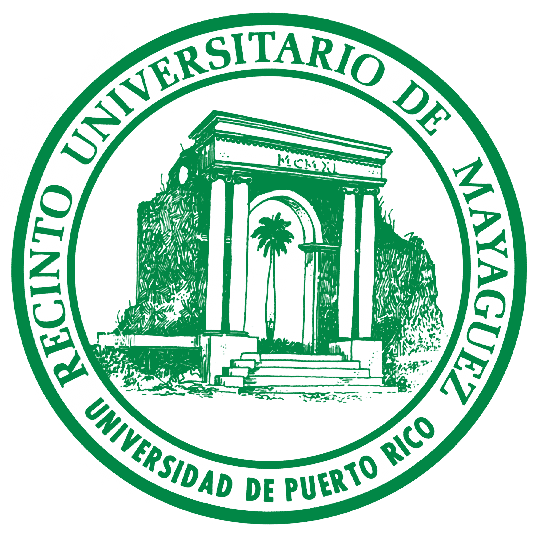Project
Evaluation of Driver Workload and Training Strategies on a Diverging Diamond Interchange
The amount of information processed by drivers in freeways and arterials increases significantly at interchanges. The information includes changes in alignment and number of lanes, lane position, merging and diverging from the main road, change of safe vehicle speed according to the alignment changes, and the need for attention to various types of road signs. Therefore, negotiating interchanges is a very complex and demanding task. Many studies have been looking at innovative designs to improve safety concerns while reducing urban congestion. One of those innovative intersections is the Diverging Diamond Interchange (DDI) that will be implemented for the first time in Puerto Rico in the state road PR-30 Km 4.1 in Gurabo, PR. Since this is the first time that this type of intersection is implemented in Puerto Rico, the proposed research study aims to determine which training strategy is better suited to effectively communicate drivers the correct way to drive along with this type of intersection. To assess the safety and operational effectiveness of the training strategies, a detailed study on how local drivers behave and the mental workload experienced when driving through the proposed DDI for the first time will be performed. A new factor included in this research is the drivers’ cognitive workload or brain workload. This variable will be evaluated using various biosensors, included with the dry-electrode DSI-24 EEG headset and the algorithms to measure workload that has been developed by the providers of this type of equipment. The comparison of the effect of the strategies will be evaluated using the driving simulator of UPRM. The identification of the best training strategies would allow state, local, and federal institutions to use them in their educational and awareness campaigns.






